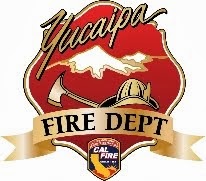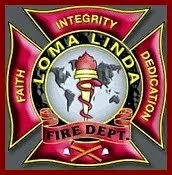The Christmas season is underway, the stores are having their sales, the festive lights are going up around the neighborhood, and families are shopping for their Christmas tree.
CAL FIRE has these suggestions for your trip to the local Christmas tree lot. Test for freshness by gently tugging on the needles: If they readily come off in your hand, the tree is dry and you should look for a fresher one. At home, keep the tree away from heaters and drapes. Never place an open flame on or near the tree. Never leave the lights on while you are away or asleep. As a Christmas tree grows dryer over the weeks that it is in your home, it becomes increasingly easy for any significant heat source including large hot lights to ignite the tree. If you have young children, keep an eye on them to make sure that they don’t accidentally set the tree on fire. A six foot cut Christmas tree can ignite and burn to a cinder in about 30 seconds. That is all the time necessary to begin a fire that can destroy your home and possibly result in death or injury for family members.
If you are decorating your home with lights, the CAL FIRE San Bernardino Unit and your local fire reminds you that checking those light strands before putting them up could help to prevent a devastating fire. Make sure that all indoor and outdoor lighting and electrical decorations are approved for the use you have planned for them and that they are in good condition. If you find damaged wires or frayed ends, replace the entire set of lights. It’s much less expensive to replace a string of lights than your home. Underwriter Laboratories says “If you are buying Christmas lights for your home this year, look for energy-efficient LED lights that use 75 percent less energy and last years longer than an incandescent light string.”
The CAL FIRE San Bernardino Unit and Underwriters Laboratories offer these additional Christmas Safety tips:
1. Water, water, water your tree. Dry trees pose a fire risk – make a fresh cut on the base before putting your tree into a sturdy stand, and water frequently.
2. Check your lights, check them twice. Inspect all of your electric lights and decorations for damage or wear. Cracked sockets, frayed or bare wires and loose connections may pose a fire or shock hazard.
3. Plan your fire escape. Use the holidays as a good time to practice a fire escape plan with your loved ones. Identify at least two exits from every room in the house.
4. Sleep safe: Install carbon monoxide alarms. Remember, it’s the law in California that each home has Carbon Monoxide Alarms. Additionally, be sure that at least one carbon monoxide alarm is installed on each floor of your home, and always close to sleeping areas.
5. Be flame aware. Always blow out unattended candles and teach your children to stay away from lit candles or fireplaces.
6. Give wrapping paper a second life. Don’t burn used wrapping paper as it may cause intense flash fires. And throwing it out adds waste. Consider recycling or repurposing it instead.
7. Know your lights and cords. Do not connect more than three miniature light strings together. Also, be sure to check the rating on your extension cords and do not plug in more than the recommended wattage.
8. Steer your tree clear. Your tree should be positioned at least three feet away from fireplaces, radiators and other heat sources. It should also not block any doorways or exits.
9. Decorate with a safe eye. Cords should not be run under carpets or tacked-up with metal nails or staples. Small decorations can be choking hazards so keep them out of the reach of toddlers.
10. Look for UL. The UL Mark appears on products that have been tested for safety. Make sure to look for it to help keep your holidays safe and bright.
For additional safety ideas, visit;
http://www.fire.ca.gov
Additionally, remove the tree from the house the day after Christmas. And remember to recycle your Christmas tree. The CAL FIRE San Bernardino Unit wishes everyone a Fire Safe Holiday Season.


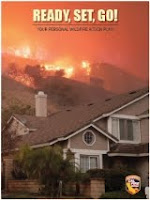




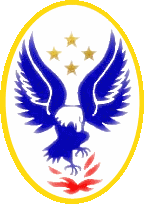


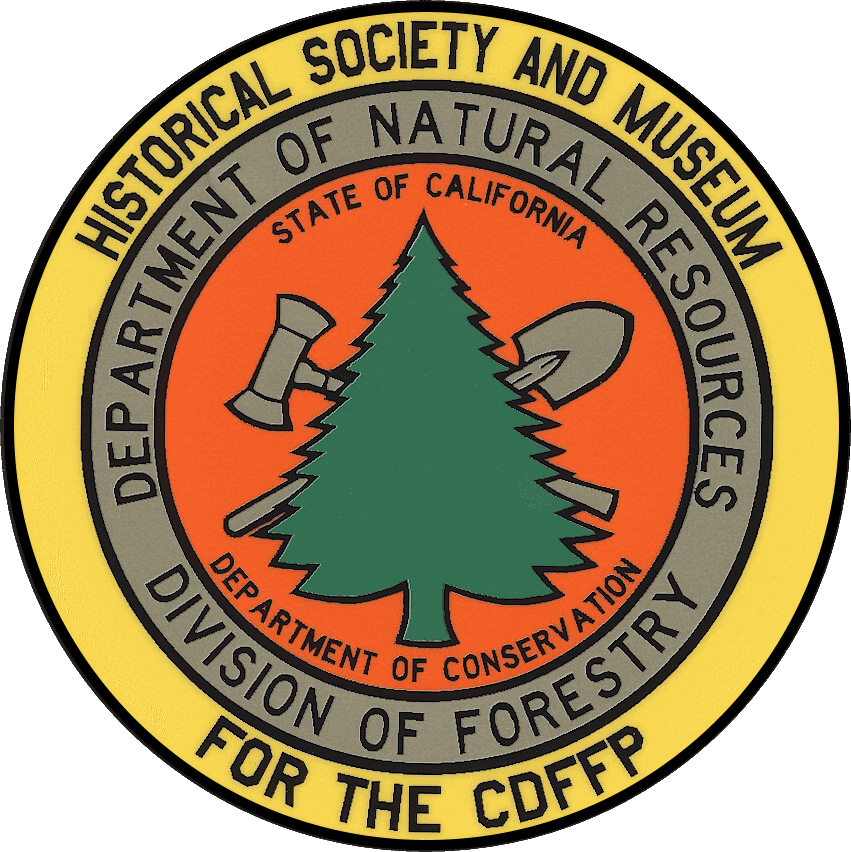


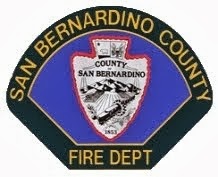





.JPG)
.JPG)
.JPG)
.JPG)





.JPG)
.JPG)
.JPG)
.JPG)

